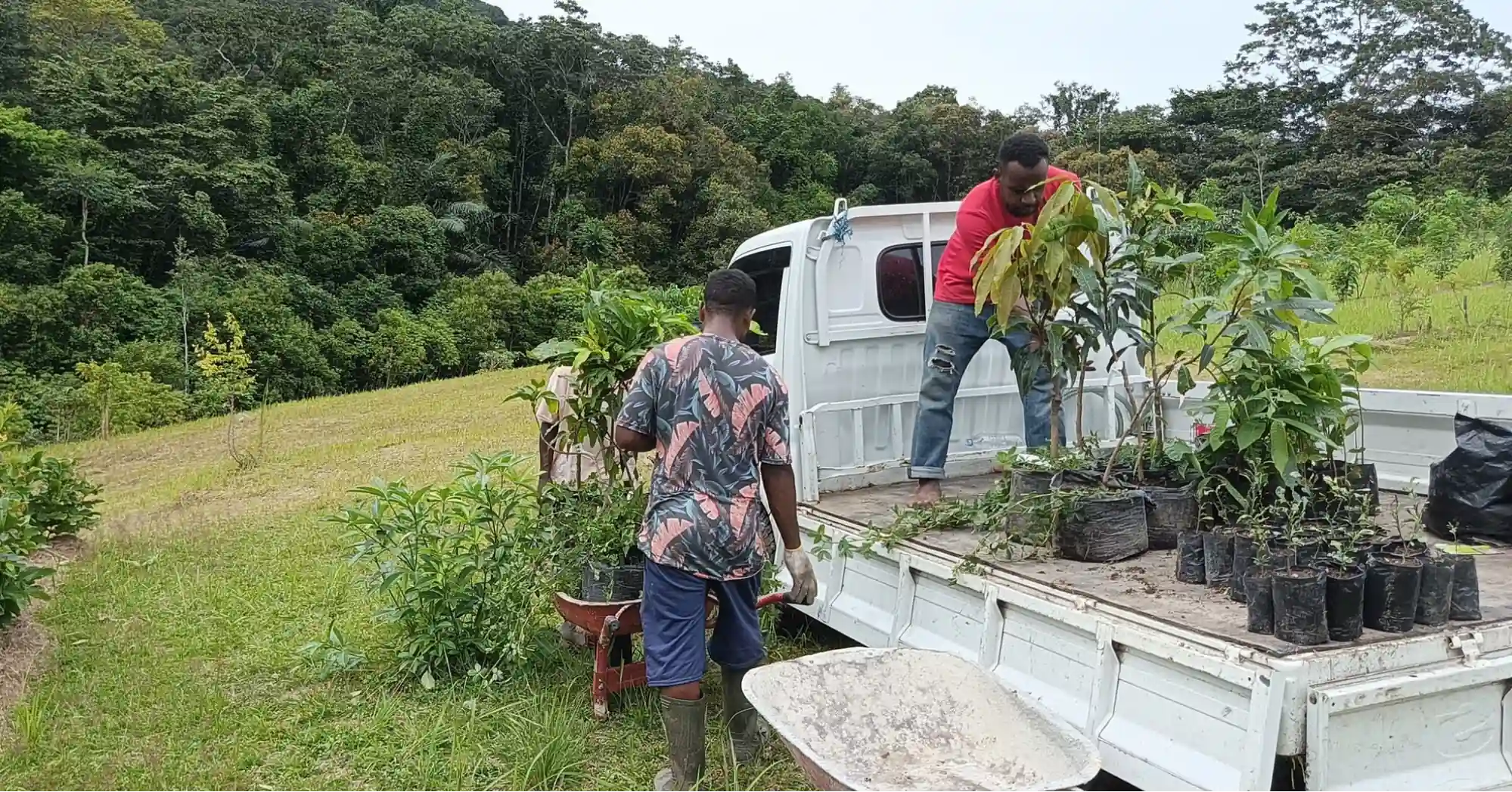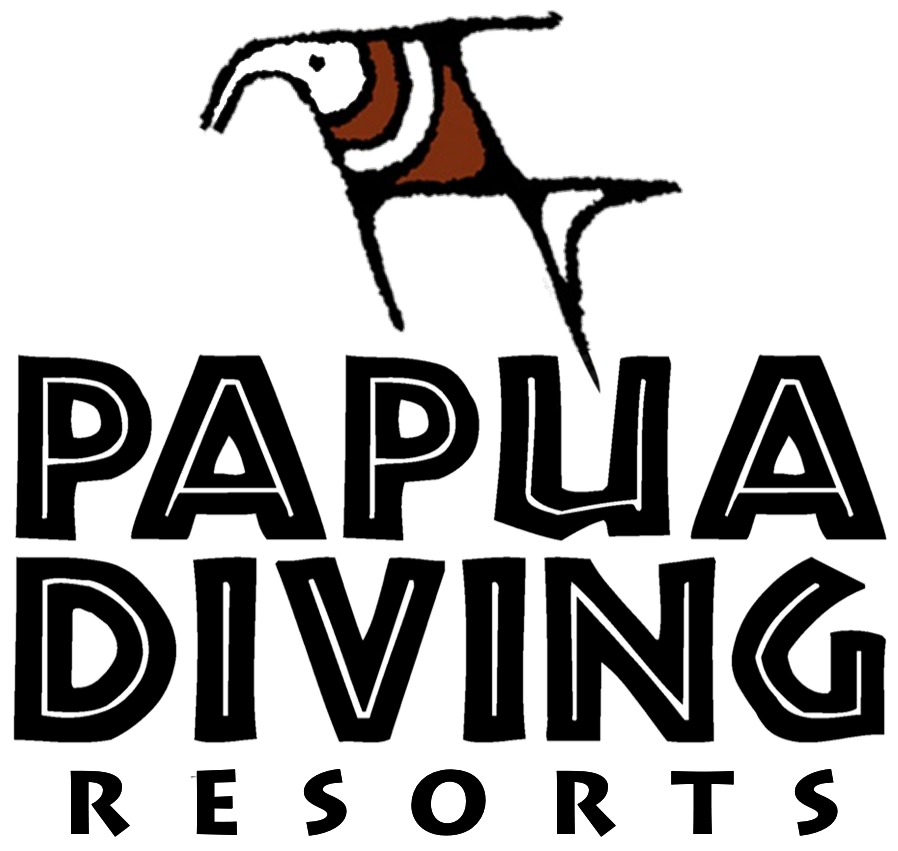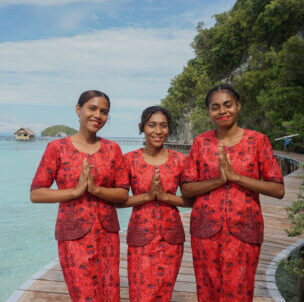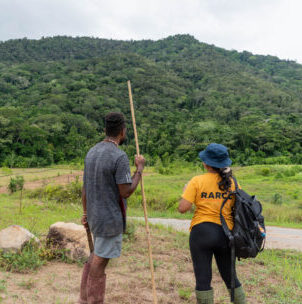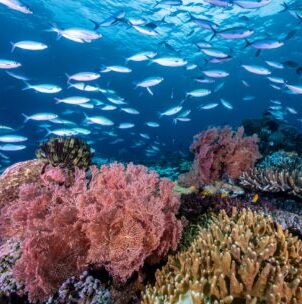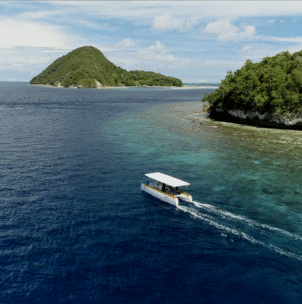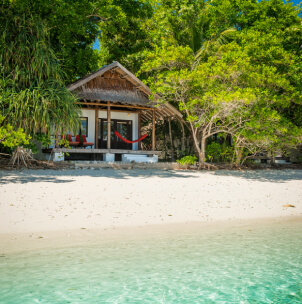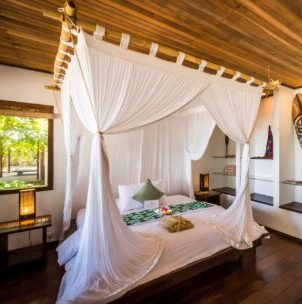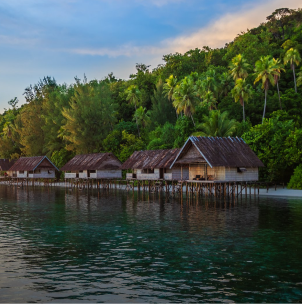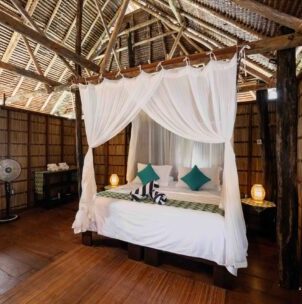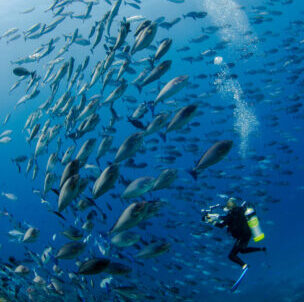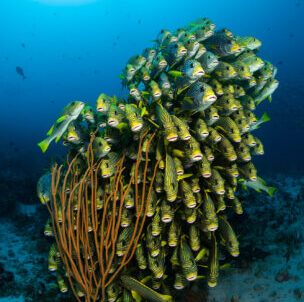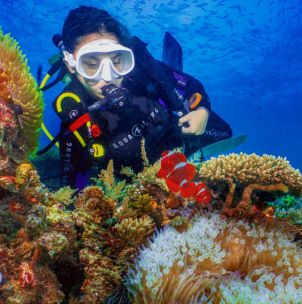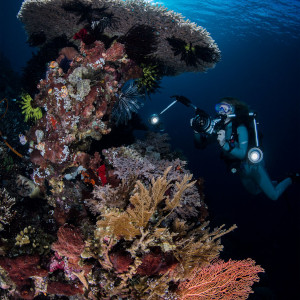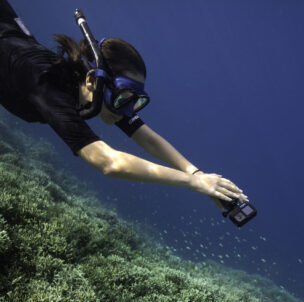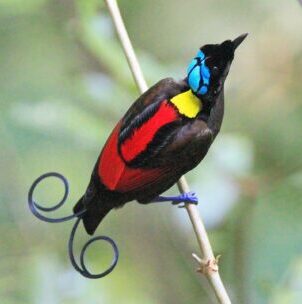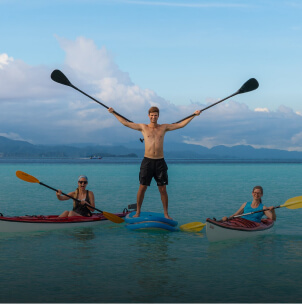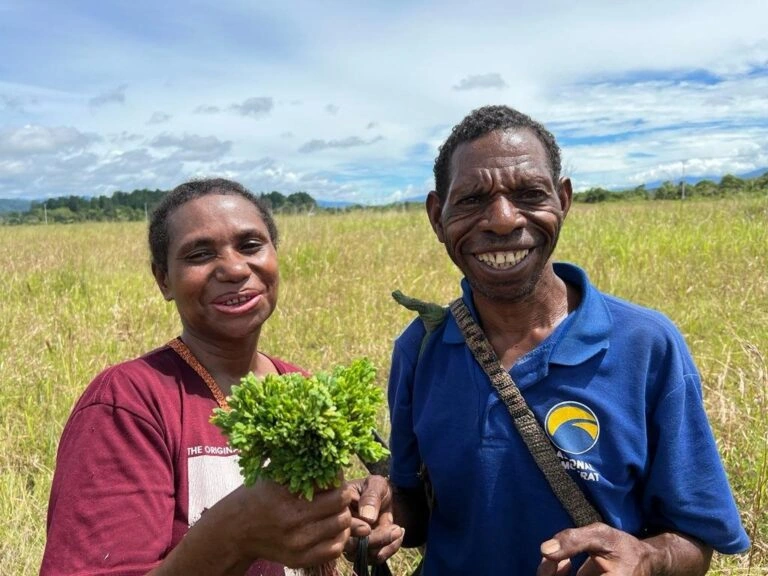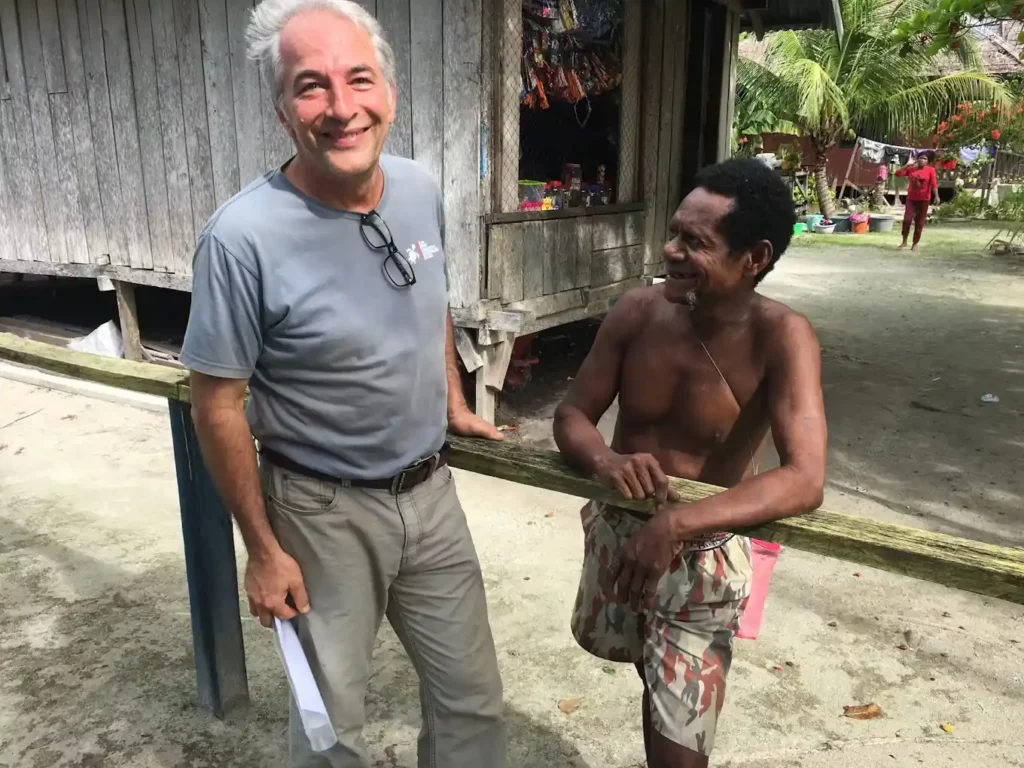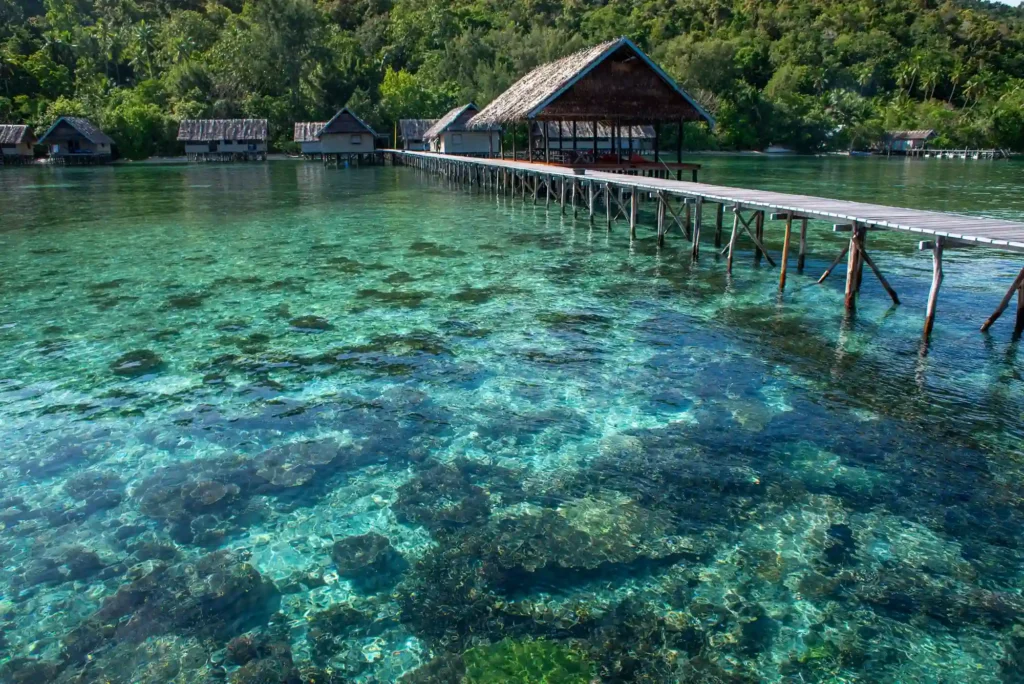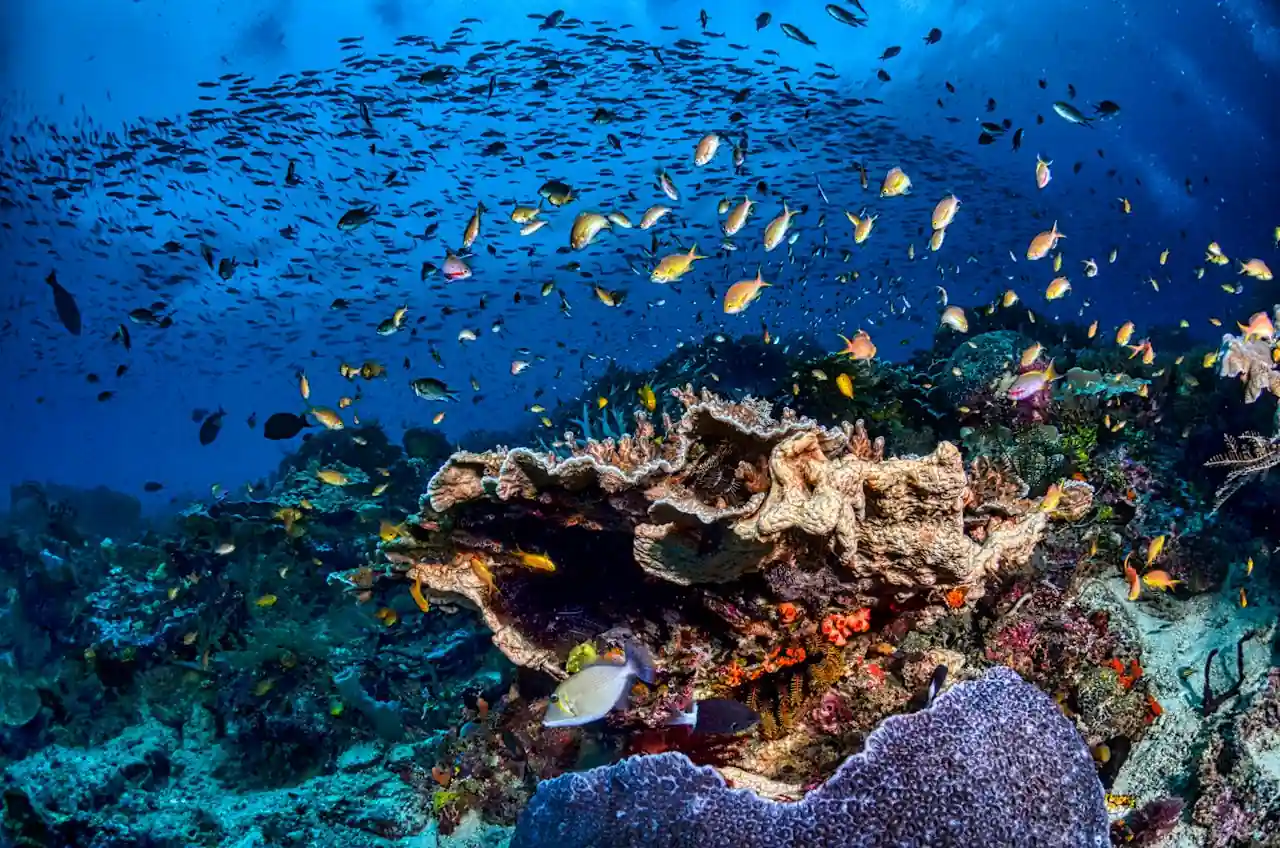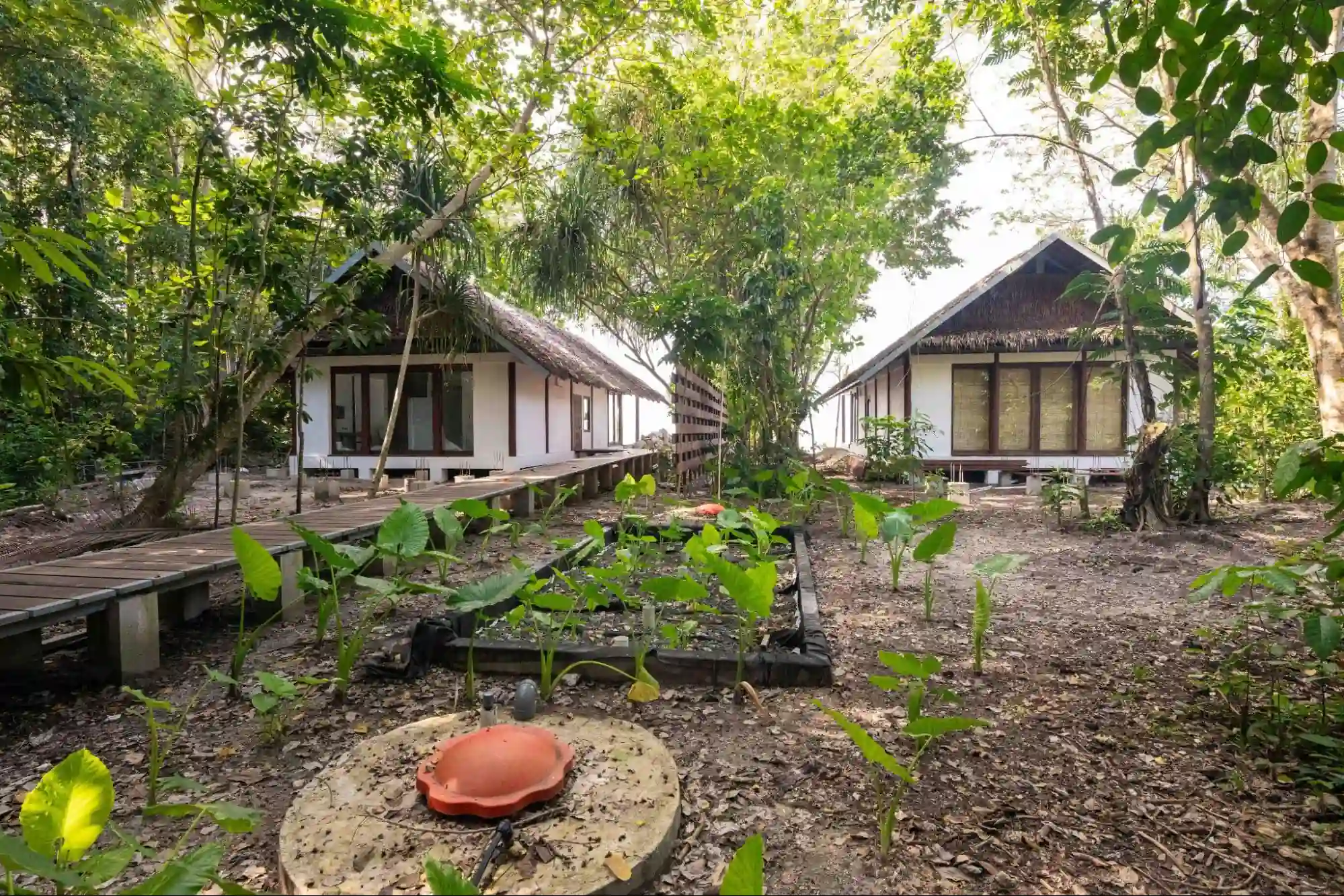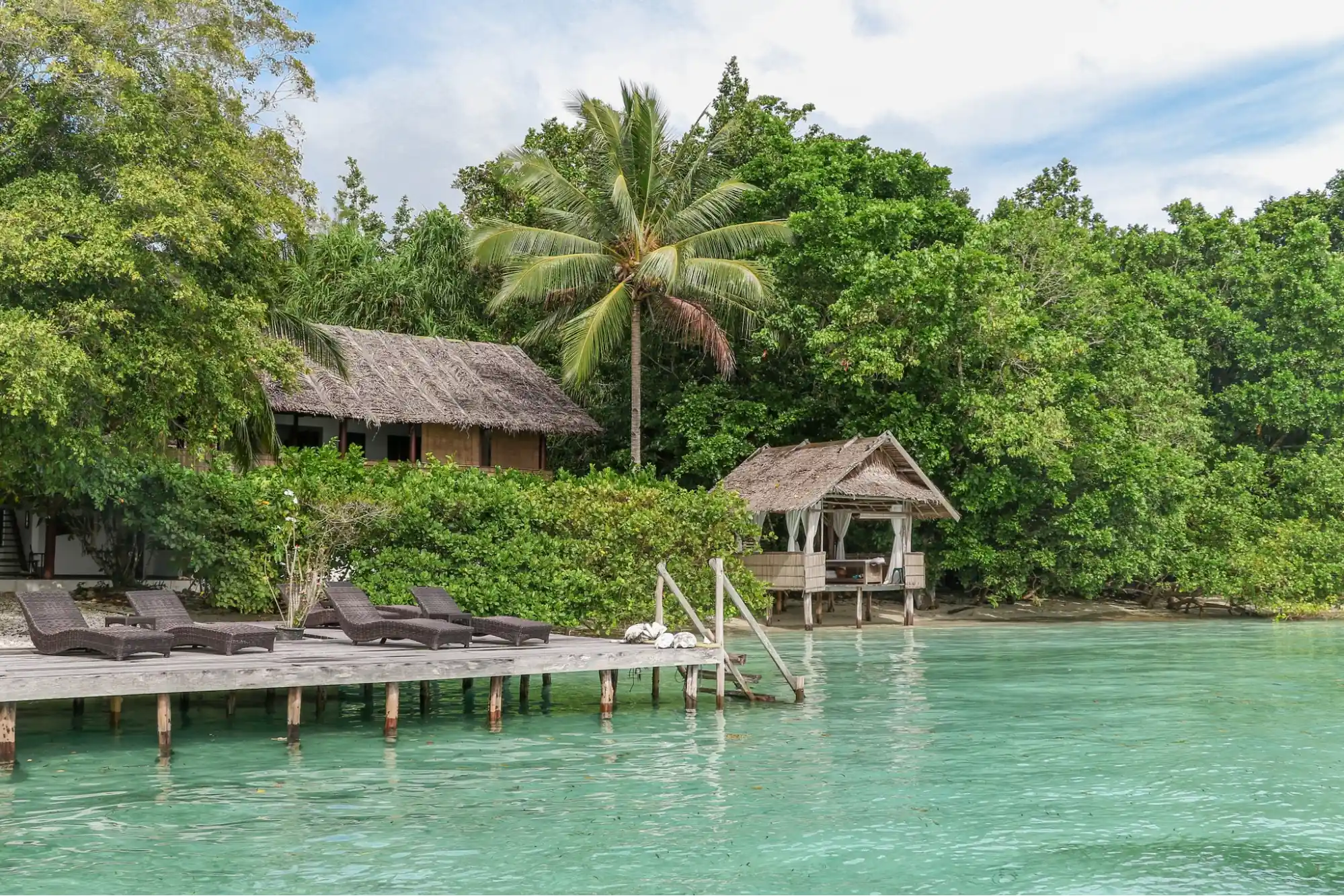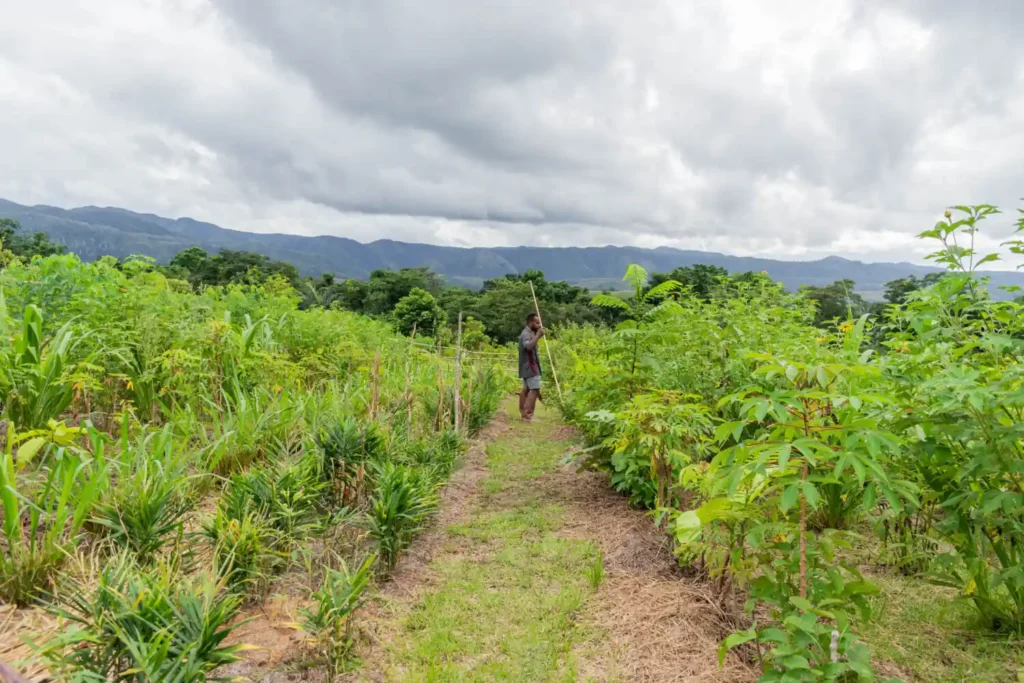
Syntropic Agroforestry is a regenerative approach that integrates trees, crops, and native vegetation to mimic natural ecosystems.
In the Kebar Valley of Tambrauw, the land is naturally fertile, but years of single-crop farming and slash-and-burn practices have turned many areas into degraded grasslands, unsuitable for long-term cultivation.
The program’s founder, Max Ammer, has spent decades committed to conservation in Raja Ampat. With this project, he and his team broaden their initiatives to the larger Southwest Papua, aiming to blend ecology with empowerment, restoring balance to the land while supporting local Papuan livelihoods.
Rather than burning land, the programme restores it through sustainable methods, replanting native and food-bearing species such as cacao, banana, coconut, coffee, Matoa, Lengua, and Kayu Besi. These plantings not only revive soil health but also provide a long-term food source and income opportunity for local families.
What sets this project apart is its community-first mindset. Local people are not just participants; they are core team members. They’re trained in syntropic agroforestry techniques and encouraged to apply them in their own backyards, creating a ripple effect of sustainable land use across the region.
Read more on how we build sustainability into every aspect of our operation.
